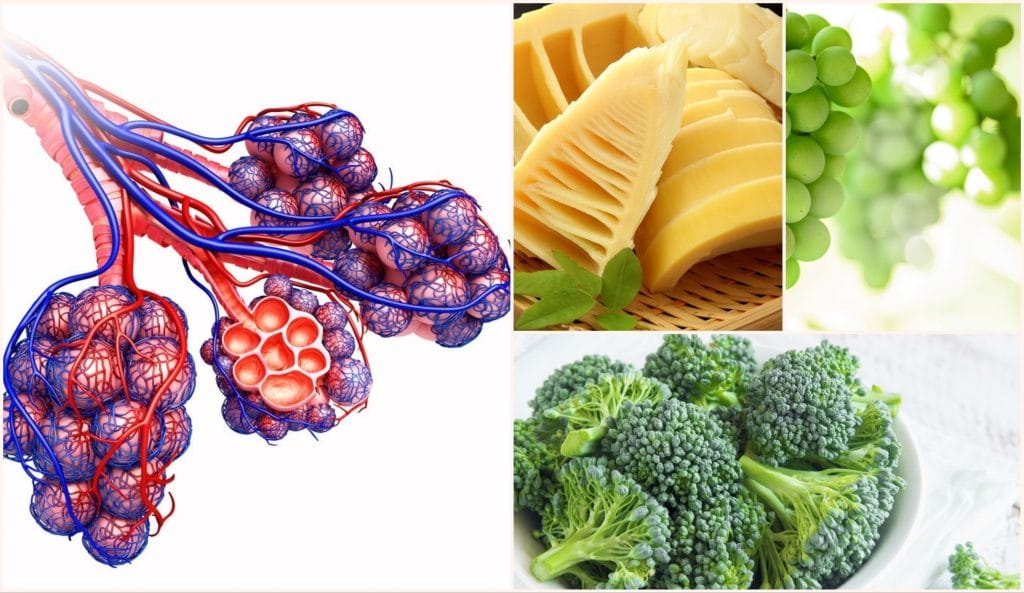I recently had a patient who had lost both her sense of smell and taste due to COVID-19 and came to see me after seeing a score of otolaryngologists (Ear, Nose, and Throat doctors). She had been told that it was most likely nerve damage, and that the effects may be permanent.
Many COVID-19 patients have been found to suffer from this very same symptom of anosmia, or loss of the sense of smell; and according to Tibetan Medical Science, this is to be expected.
The nose is the external correlate of the lungs, and as such, a pulmonary disease will invariably cause a disturbance in olfactory function. The canon of Tibetan Medicine goes as far to say that the five vital organs: the heart, lungs, liver, spleen, and kidneys, each have an externally visible correlate through which their wellbeing can be ascertained. Issues with the heart manifest in the tongue; issues of the lungs manifest in the nose; issues of the liver manifest in the eyes; issues of the spleen manifest in the lips; and finally, issues of the kidneys manifest in the ears. What connects the five vital organs and their external correlates are undoubtedly nerves, as well as other subtle (non-visible) channels. Doctors are thus correct when citing nerve damage, but the nerves are simply conveying the diseased state of the vital organ.
Consequently, any effective solution must include rehabilitation of the diseased vital organ. This would appear logical, and yet my patient was given Theophylline, a bronchodilator, and nothing else to treat her COPD post COVID-19. We need to do better as a medical community to help the sick.
In addition to medicines for acute cases and rapid relief, Tibetan Medical Science calls for Diet and Lifestyle therapies for transformative change. Rescue inhalers and inhaled oral steroids do not promote lasting healing. In terms of Diet intervention for diseased lungs, a number of foods such as green grapes, bamboo pith, and broccoli, are excellent lung tonics. Human beings are a part of nature–existence is fractalized, and what we see in our physiology can be seen all around us. Bronchiole tubes have an uncanny resemblance to bamboo pith, and both grapes and broccoli resemble alveolar bunches.
The world’s natural medical systems all share the same adage: “Like cures like,” therefore it’s no wonder the above foods are effective in treating the parts of the body that they resemble.
In terms of Lifestyle, performing exercises to purify and strengthen the lungs will do wonders for pulmonary health. Pranayam, or yogic breath work is an excellent practice for anyone looking to strengthen their lungs; singing and any general exercise promoting increased cardiac activity is also good.
These therapeutic interventions should invariably be coupled with any medicines for complete rehabilitation of the lungs for anyone suffering from a loss of smell or taste.


